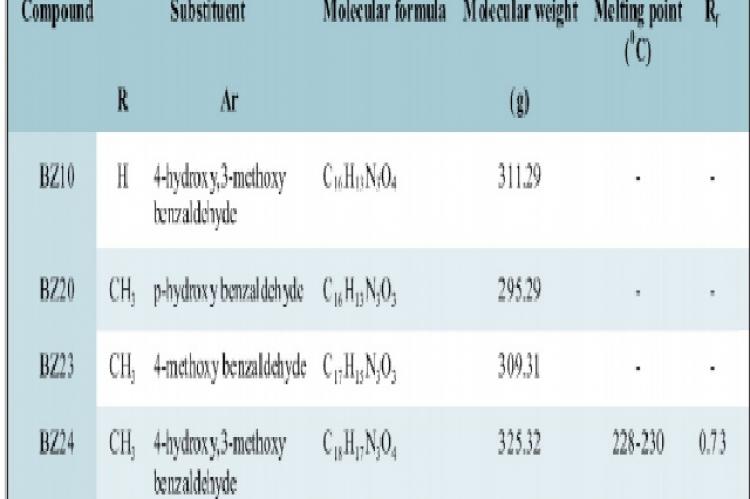Intention of this work was to enhance various biological properties of synthesized benzoxazole derivatives into significance scale in inexpensive methods with less toxicity. Synthesis was done by both conventional and microwave methods. In-silico studies including docking, analysis of the drug-receptor diagram and ADME prediction were done before pharmacological evaluation. Quantitative Structure Activity Relationship (QSAR) studies were also performed using MLR method. From Structural Activity Relationship (SAR) studies, noticeable results were obtained when modifying 5th position of benzoxazole with Shiff’s base having aldehyde bearing specific groups (–OCH3 and -OH at the 3rd and 4th position respectively) and the presences of the –CH3 group at the 2nd position of the benzoxazole nucleus. So this work can be treated as a practical proof of theoretical statement that biological activity of benzoxazole can be enhanced by a small substitution (ie. up to 3 carbons) at 2nd position. Among the analogues synthesized BZ-24-(N'-[(e)-(4-hydroxy-3-methoxyphenyl)methylidene] -2-methyl-1,3-benzoxazole-5-carbohydride) was found to have significant anti-cancer, anti-tubercular, antimicrobial and anti-fungal effects.
View:
- PDF (3.97 MB)


